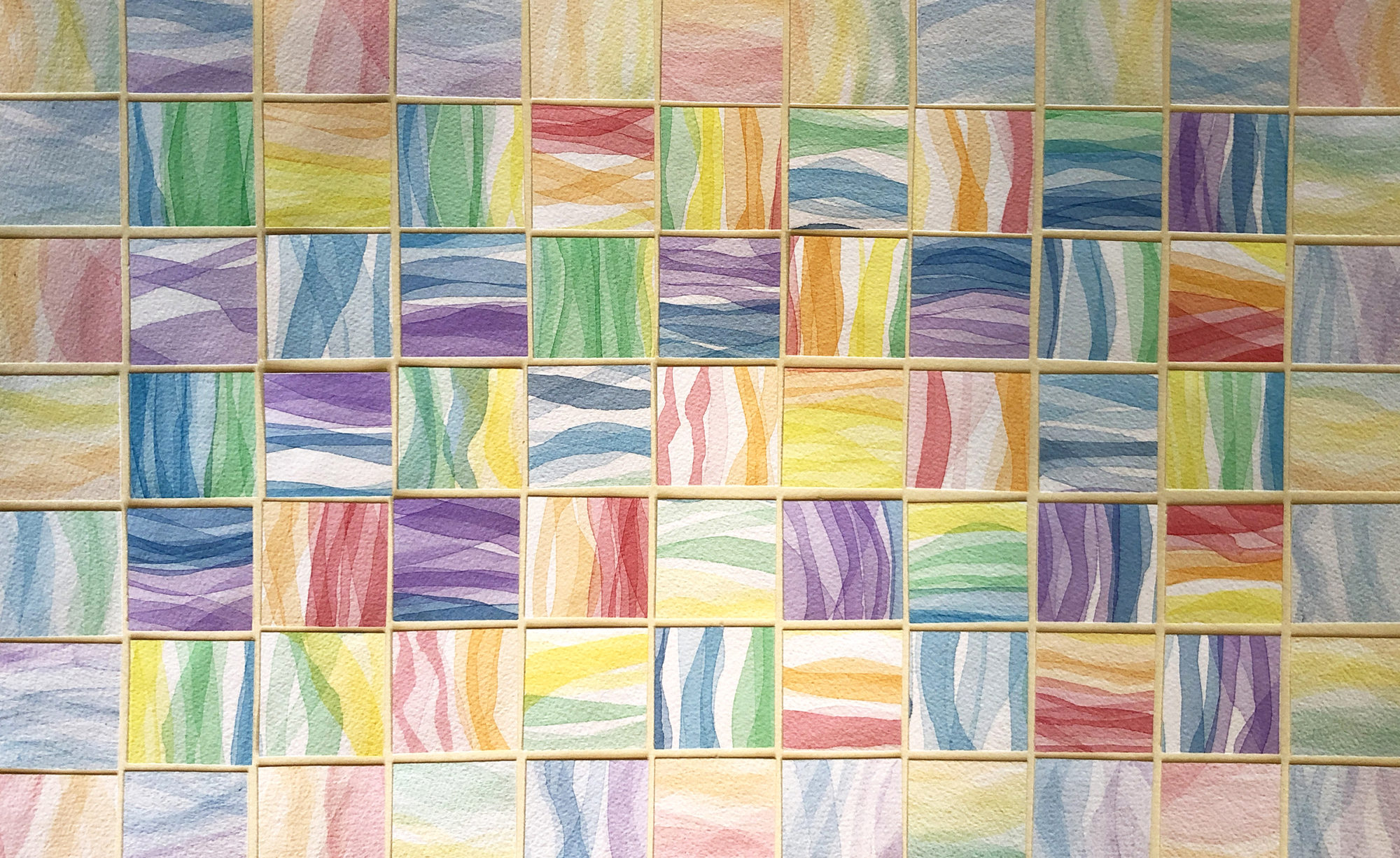During the 2012 presidential campaign, Mitt Romney, visiting his home state of Michigan for the first time in a long time, said how glad he was to be back “where the trees are the right height”.
Hilarity ensued, in the media, the punditry and most everywhere else. How can trees have a right or wrong height? Such a ridiculous notion from, by extension, a ridiculous candidate. Let’s see what else is ridiculous about him! The reaction pretended to be insightful analysis of a potential national leader. (Though neither the comment nor the “analysis” did not prevent Romney from gaining the Republican nomination.)
But I knew just what he was talking about. This narrow affinity with Romney didn’t mean I wanted to vote for him. But I appreciated his nuanced view. Living in San Francisco at that time but keenly missing my own home state of Connecticut, I knew the difference between the trees in those two places and about so much else that mattered to me about where I lived.
For now, I’ll stick to the trees.
In Connecticut, which is a small but “heavily forested state” (that’s what the internet says!), the trees are not very tall. Certainly, they are no match for the eucalyptus and the redwoods and the sequoias of San Francisco and the entire Bay Area. Yet they are the “right height” for a state where there are no mountains, only hills and higher hills.
Connecticut’s trees blanket its gentle contours, making for a cozy environment. When I would travel back to Connecticut during the years I lived in San Francisco, I would feel coddled and safe. Can’t say that for being under the eucalyptus in Golden Gate Park or the redwoods in Muir Woods. Those trees seemed to thrust themselves away from the ground, far up into the sky. I experienced emotion from them, sure, but it was different. Aggression, maybe?
Now that I live in Oregon, I can appreciate that the Pacific Northwest (also “heavily forested”) offers a new metric for proper tree height. Doug firs and the other mighty evergreens will do that! At the same time, there are plenty of maples, oaks, birches and other tree species that offer me the same kind of cozy comfort that I felt in Connecticut — including the two dogwoods in my front yard. Amazingly enough, these are Eastern dogwoods, the kind I grew up with, rather than their cousins the Western dogwoods. Here, I am rooted. That gives me the freedom to reach up and out. And leads me to wonder if, maybe, feeling safe in Connecticut also meant that I was muffled and constrained, held down by an arboreal force.
***
This next observation has nothing to do with the height of trees in Connecticut or anywhere else. But it does say something about how I experience “place” and geography.
Take as a given that my physical orientation works like the needle of a compass: it always points towards the North. That means that my head faces N, my right arm reaches to the E and my left arm to the W. My rear end, I guess, points S. Well, on the East Coast, the big body of water — the Atlantic Ocean — was always off to my right. Very reassuring. When I got to San Francisco, I had to re-orient myself to the fact that the nearest relevant big body of water — the Pacific Ocean — was off to the left. How disconcerting this was for me! It threw off my whole sense of cardinal directions. Do you know how long it took me to adjust? How many times I drove off in the wrong direction?
In Oregon, I had to adjust again. We live about 90 miles from the coast, nestled into a huge valley between two mountain ranges (yes, mountains, not tall hills). There is no big body of water nearby, to my right nor my left. But there are a lot of rivers …
***
My observations may seem light-hearted. But they are designed to disguise the fact that “place” is a delicate concept for me. Yes, I have successfully made my home in three very different places. But I consume myself with questions whose answers change every time I ask.
Where, in fact, are my roots if I am estranged from what remains of my family of origin back East? What does it say that I chose to live for so many years, constantly on edge, in a deceptively beautiful city that, at any moment, might crack apart in an earthquake? And now, am I hiding in the woods of the PNW, seeking safety and covering up deep sadness? Or is that what thriving looks like?
Maybe the answer is just this simple: I can bloom where I’m planted.

